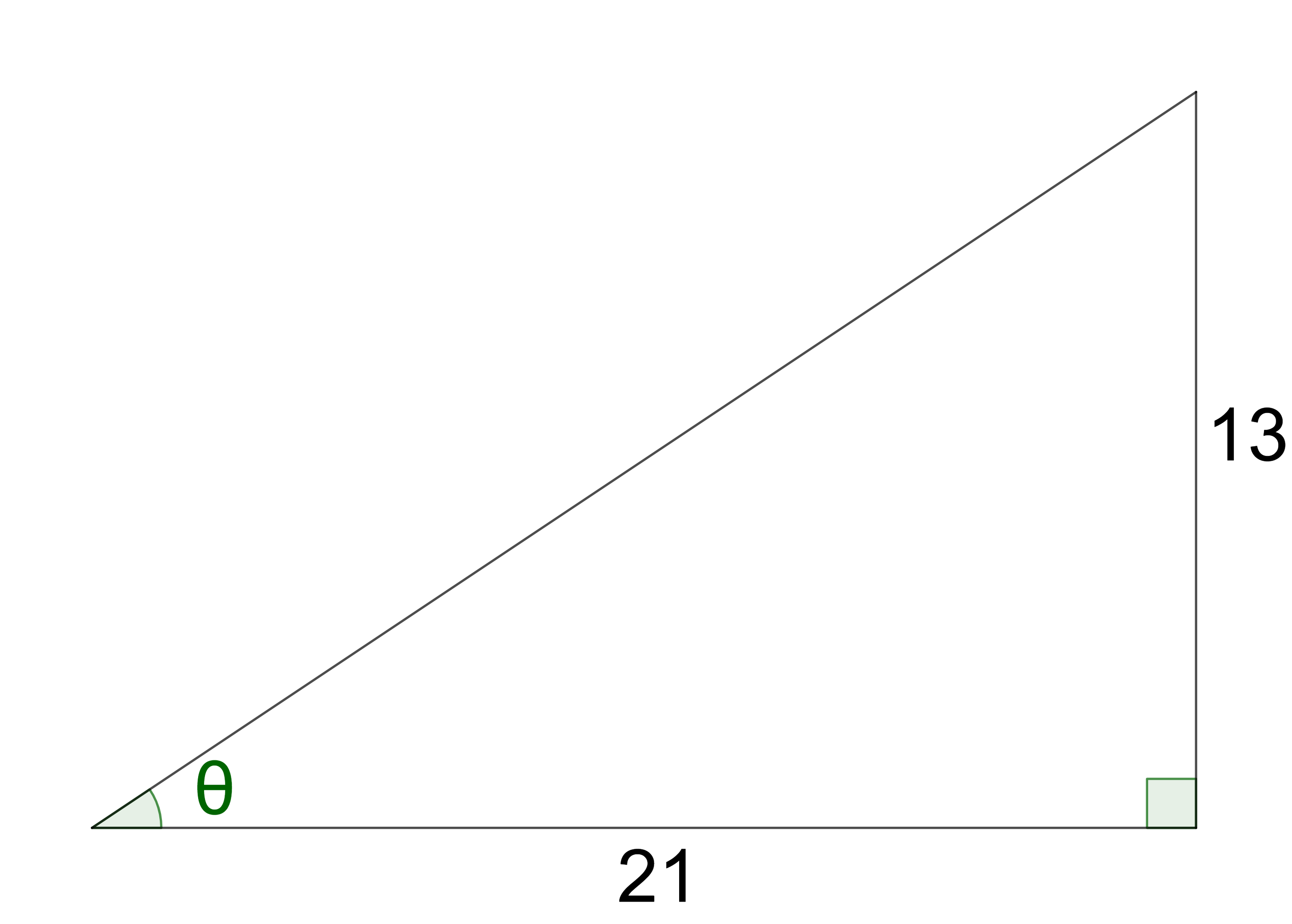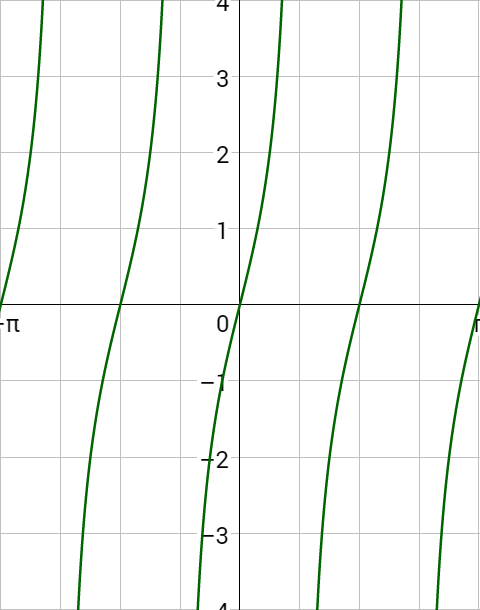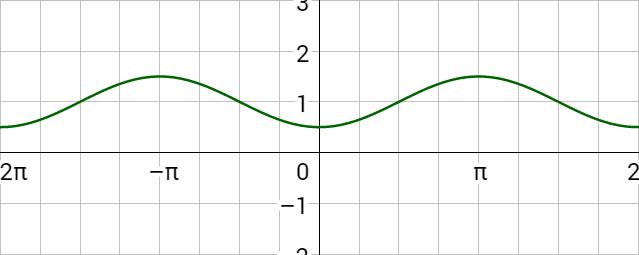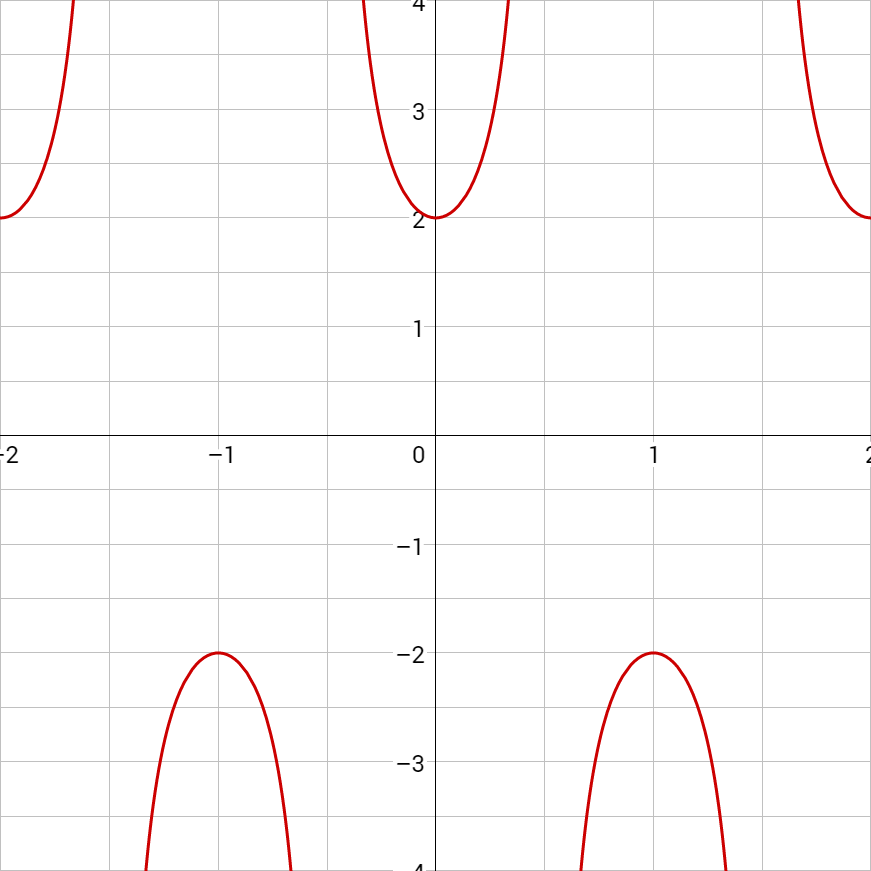Precalculus by Richard Wright
Precalculus by Richard Wright
Do not judge, or you too will be judged. For in the same way you judge others, you will be judged, and with the measure you use, it will be measured to you. Matthew 7:1-2 NIV
Summary: In this section, you will:
SDA NAD Content Standards (2018): PC.5.3

Roofs must have a certain angle to meet building code in snowy environments. The slope is intended to ensure that rain and snow will slide off the roof. If too much snow sits on the roof, it could collapse under the weight of the snow. Inverse trigonometric functions can be used to calculate the required angle.
Inverse functions do the opposite of their original function. The input and output of the function are reversed for an inverse function. For example, the domain of the sine function is the angle, and the range is the ratio of the coordinates of a point on the unit circle. Inverse sine’s domain is the ratio, and the range is the angle. Inverse trigonometric functions are used to find angles.
Graphically, inverse functions are reflections over the line y = x. Take the graph of y = sin x in figure 2a, then reflect it over y = x to form the inverse as in figure 2b. Notice the inverse fails the vertical line test and thus, is not a function. Mathematics works better with functions, so limit the inverse sine function to one section as in figure 3.
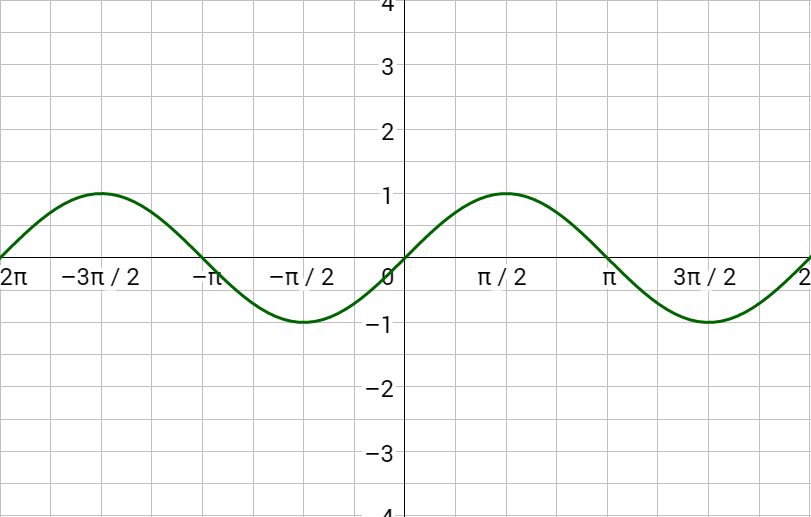
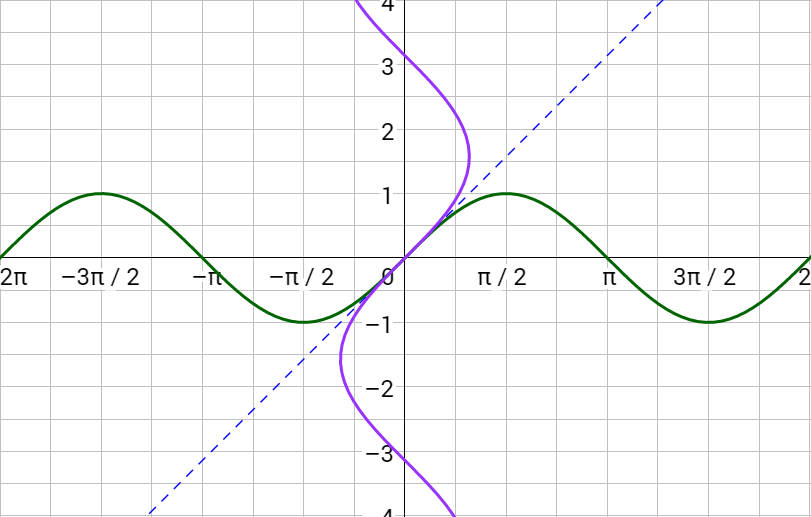
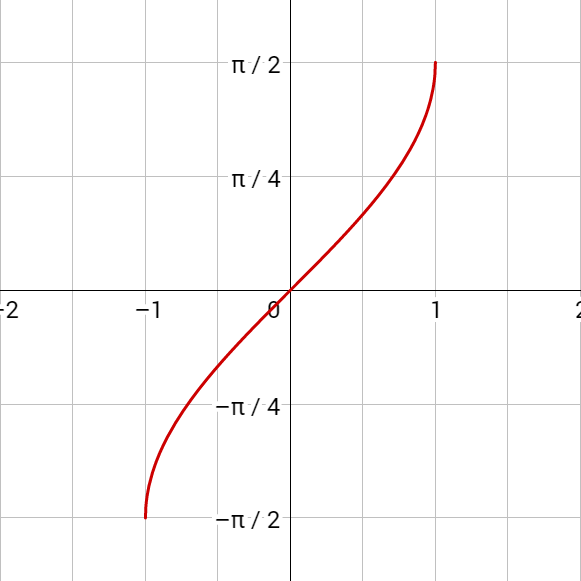
Inverse sine is written \(y = \sin^{–1} x\) or \(y = \arcsin x\) where x is the ratio of the coordinates on a circle and y is the angle. The domain is [–1, 1] and the range is \(\left[–\frac{π}{2}, \frac{π}{2}\right]\). To evaluate, find the ratio on the unit circle and read the corresponding angle. Remember the angle must be between \(–\frac{π}{2}\) and \(\frac{π}{2}\).
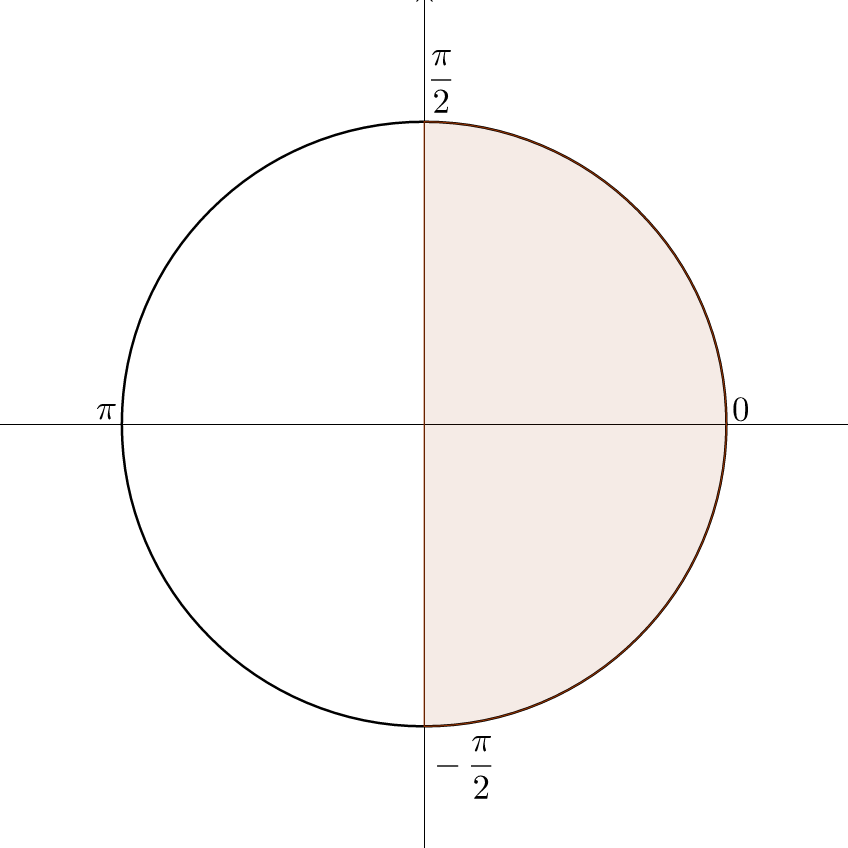
Find the exact value of sin–1 1.
Solution
Find where sin θ = 1 on the unit circle. This occurs at \(\frac{π}{2}\), so \(\sin^{–1} 1 = \frac{π}{2}\).
Find the exact value of \(\arcsin \left(-\frac{\sqrt{2}}{2}\right)\).
Answer
\(–\frac{π}{4}\)
Inverse cosine and tangent are similar in concept to inverse sine. The inverses are used to find the angles. Figure 5 is inverse cosine. The domain is [–1, 1] and the range is [0, π].
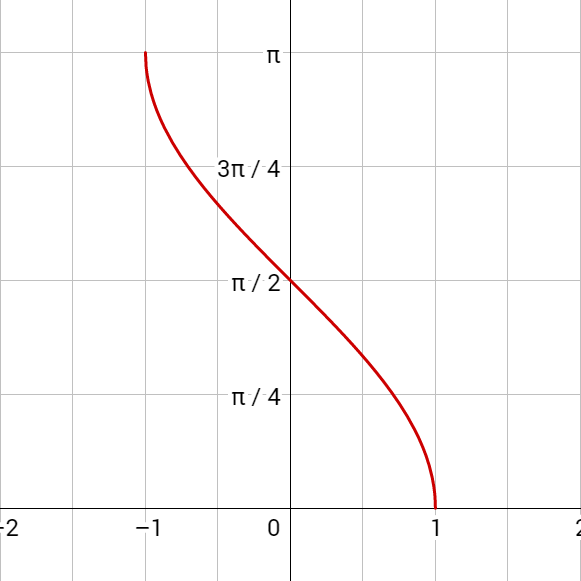
Inverse tangent’s domain is (–∞, ∞) and the range is \(\left(–\frac{π}{2}, \frac{π}{2}\right)\).
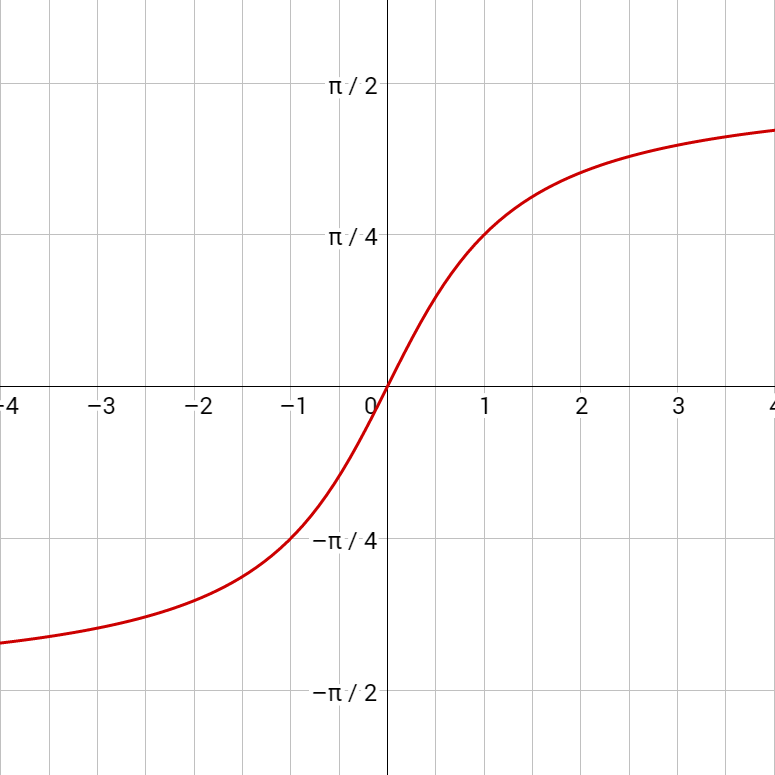


Written: y = sin–1 x or y = arcsin x
Domain: [–1, 1]
Range: \(\left[–\frac{π}{2}, \frac{π}{2}\right]\)

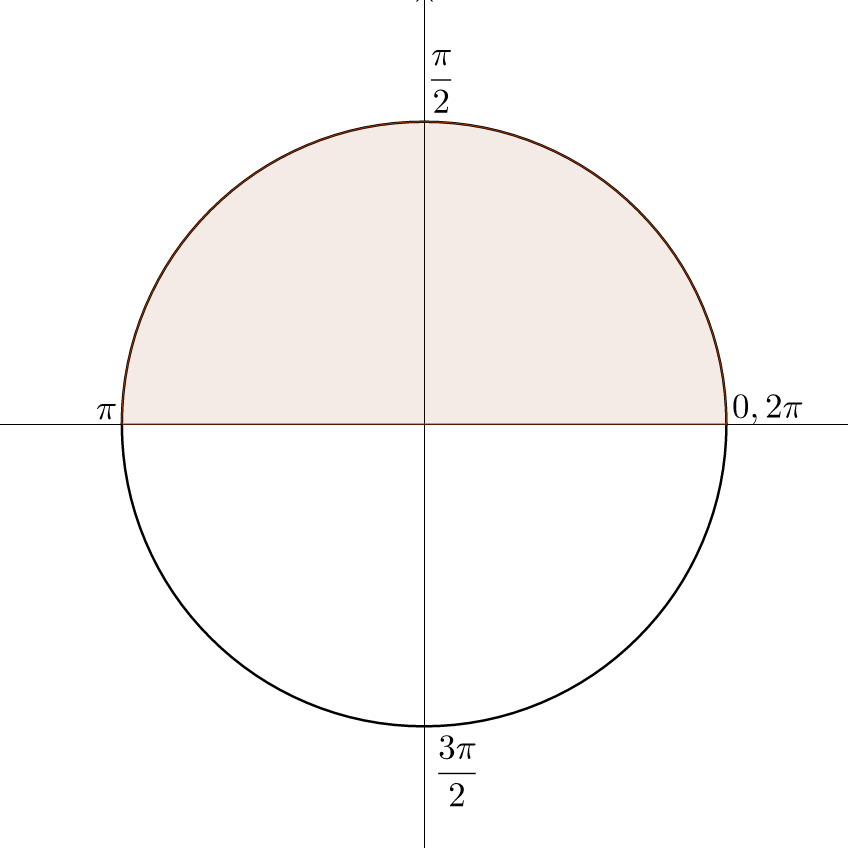
Written: y = cos–1 x or y = arccos x
Domain: [–1, 1]
Range: [0, π]

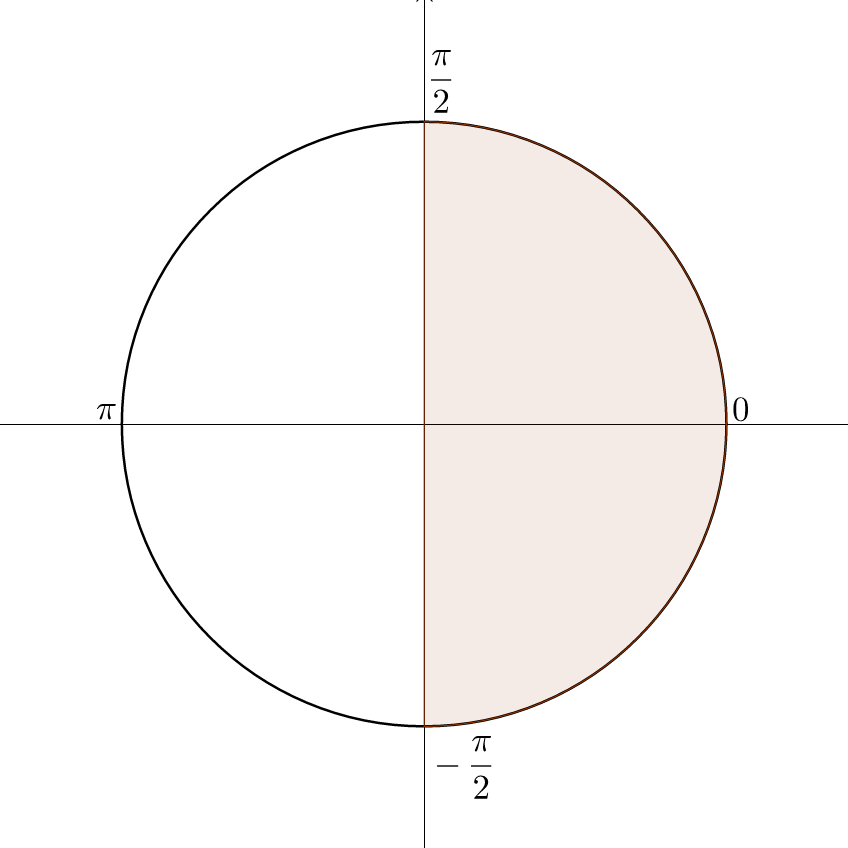
Written: y = tan–1 x or y = arctan x
Domain: (–∞, ∞)
Range: \(\left(–\frac{π}{2}, \frac{π}{2}\right)\)
Evaluate a) arccos \(\frac{\sqrt{3}}{2}\) b) cos–1 (–1) c) tan–1 1 and d) arctan (\(–\sqrt{3}\)).
Solution
Find the exact value of a) \(\cos^{–1} \frac{1}{2}\) and b) arctan 0.
Answers
\(\frac{π}{3}\); 0
When the ratio is not on the unit circle to evaluate inverse trigonometric functions, a calculator will need to be used. On most calculators, the inverse trigonometric functions are the y or S options of the regular trigonometric function keys.
Use a calculator to evaluate a) arcsin 0.8660, b) tan–1 (–2.1), and c) arccos (–2) in radians.
Solution
Make sure the calculator is in radian mode (or degree mode is angles in degrees is desired).
On a TI-84, press y ? Ê Ë ª ¸ ¸ Ê ¤ Í. The calculator should display 1.047146746, so sin−1(0.8660) ≈ 1.0471.
On a NumWorks, press S s 0 . 8 6 6 0 ) X. The display reads arcsin(0.866) = 1.0471.
On a TI-84, press y A Ì Á Ë À ¤ Í. The calculator should display –1.126377117, so tan–1 –2.1 ≈ –1.1264.
On a NumWorks, press S t - 2 . 1 ) X. the display reads arctan(−2.1) = −1.1264.
On a TI-84, press y @ Ì Á ¤ Í. The display reads "ERR:DOMAIN". This means the input, −2, is not in the domain of cos−1 so there is no output of the function.
On the NumWorks, press S c - 2 ) X. The calculator should display “nonreal”. That is because –2 is outside of the domain of cos–1, so there is no output of the function.
Use a calculator to evaluate arctan (–0.2) and cos–1 1.
Answers
–0.1974; 0
Written: y = sin–1 x or y = arcsin x
Domain: [–1, 1]
Range: \(\left[–\frac{π}{2}, \frac{π}{2}\right]\)
Written: y = cos–1 x or y = arccos x
Domain: [–1, 1]
Range: [0, π]
Written: y = tan–1 x or y = arctan x
Domain: (–∞, ∞)
Range: \(\left(–\frac{π}{2}, \frac{π}{2}\right)\)
Helpful videos about this lesson.
